[ REHEARSAL NOTES ] SAMSON
Share
Tuesday 11 June 2024 — Théâtre de l'Archevêché — Festival d'Aix-en-Provence
After several weeks of rehearsals in the studios at Venelles, also home to the set and costume workshops of the Festival d’Aix-en-Provence, the artists of the much-anticipated production of Samson finally take to the stage of the Théâtre de l’Archevêché. It’s an unusually cool evening for this time of year, and the search is on for a few blankets to keep people warm throughout this first open-air rehearsal. For the world premiere of the baroque opera, the stage director, Claus Guth, and the conductor of Pygmalion, Raphaël Pichon, have embarked on a massive project of re-writing: with a censored libretto by Voltaire and a lost score by Rameau, parts of which can be found in subsequent major works by the composer, the story behind this opera is indeed intriguing. Based on the ‘Book of Judges’, a powerful and poetic text recounting the story of Samson, Claus Guth and his team have endeavoured to write a unique script encompassing the entire life of the hero. For the music, Raphaël Pichon and his collaborators have proposed a musical montage perfectly adapted to the script, for which they have drawn from multiple works by Rameau, beginning with those that reprise pages from the original Samson score. The original libretti texts have been adjusted to the new storyline. The sound design work by Mathis Nitschke and the breath-taking scenography by Etienne Pluss complete the monumental reconstruction of this biblical fresco. On the opulently decadent set — which represents the Temple of Dagon in ruins after its destruction — machinists, technicians, singers, dancers and members of the stage manager’s team bustle about. Jarrett Ott plays Samson, alongside Jacquelyn Stucker as Dalila and Lea Desandre as Timna, Samson's first Philistine wife. Thanks to the radiant charisma of the three singers, the work shines bright in all its sensuality.
On tonight’s programme is a run-through of the opera’s overture and prologue, accompanied by harpsichord and organ in the absence of the orchestra. We are indeed watching a scénique clavecin — i.e. a ‘harpsichord rehearsal’ of the staging before the presence of the full orchestra. At the microphone, in a friendly but firm voice, Raphaël Pichon gives some brief musical instructions to the choir and a recap of everyone’s positions: Can they hear the instruments from the back of the stage? Do they remember when to enter? Once these practical issues are resolved, the rehearsal can begin. In the darkness of the oncoming night, the lighting and video effects bring the set to life. Alone on stage, actress Andréa Ferréol, an Aix-en-Provence native known for her numerous film roles, such as those in La Grande Bouffe and The Last Métro, plays Samson’s mother: as narrator, she recalls the birth and childhood of her long-desired son, whose strength has proved to be both a gift and a burden. In the pit, the Hebrew choir express their sorrow in song in the poignant ‘Tribus captives’, an adaptation of the chorus ‘Que tout gémisse’ from Castor et Pollux. Samson, embodied by the towering Jarrett Ott, must deliver his people from the Philistines. The singer’s stature and voice leave no room for doubt: this is indeed the biblical hero we see before us. The chorus ends with a long lament, a sustained note that transforms into a piercing cry thanks to the sound design, the effects of which blend with the repeated dissonant notes of the harpsichord. The tale being told by Samson’s mother leads us to the moment he meets Timna: Lea Desandre, recently seen at the commemoration of the 80th anniversary of D-Day, descends the grand marble staircase; and Timna and Samson exchange glances under the stunned gaze of the Hebrews and Philistines. The director interrupts the run-through to give acting directions to the choir: the Philistines must show their surprise and disdain for Samson and Timna’s love, while the Hebrews need to rejoice. Each choir member must express a different gesture of approval or disapproval to make the scene look as natural and alive as possible. Claus Guth, with microphone in hand and a cap on his head, climbs on stage and takes the time to finalize these gestures and the looks between performers, in order to ensure that this ‘freeze-frame’ — cued by an impressive laser sweeping the stage from top to bottom — is perfectly understandable by the audience.
The rehearsal ends with the continuation of this scene, in a relaxed but studious atmosphere. The stage director seems satisfied: amidst the commotion during the break, he congratulates the choir before going in search of an extra blanket.
Claire Fraysse
Dramaturge of the Festival d'Aix-en-Provence
Translation: Donald Harris Stoudt
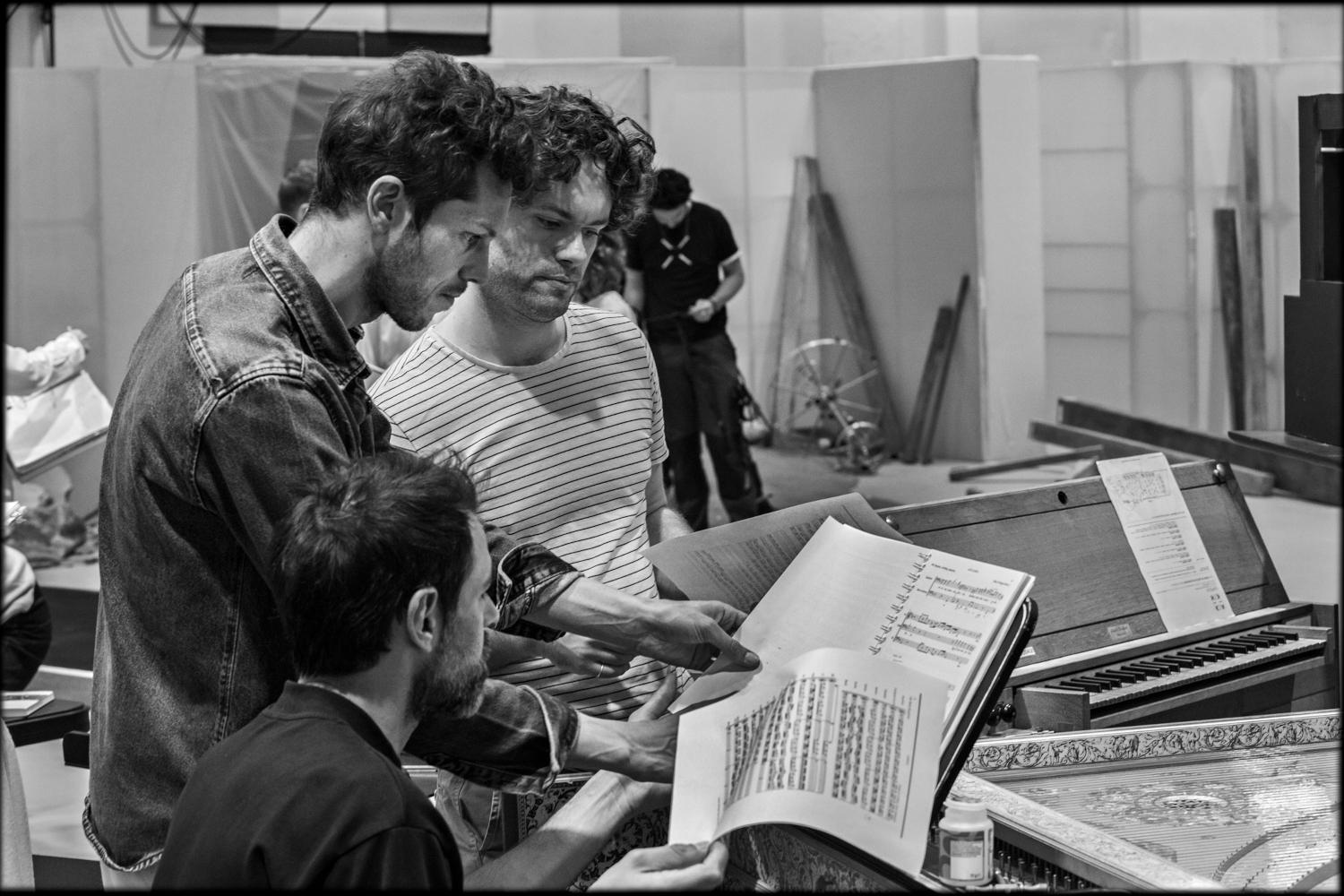
Rehearsals of Samson
2024 Festival d'Aix-en-Provence © Jean-Louis Fernandez

Rehearsals of Samson
2024 Festival d'Aix-en-Provence © Jean-Louis Fernandez
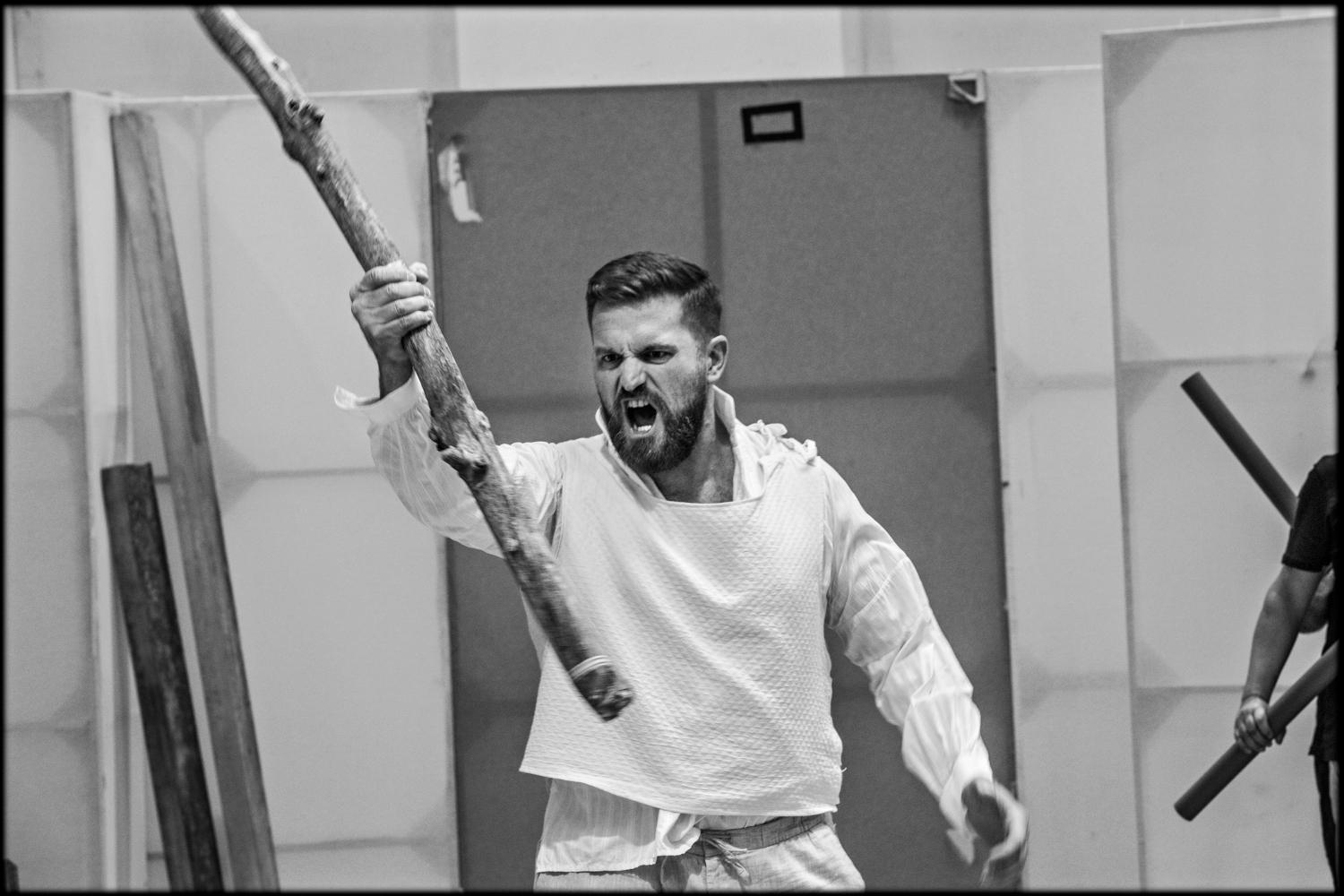
Rehearsals of Samson
2024 Festival d'Aix-en-Provence © Jean-Louis Fernandez
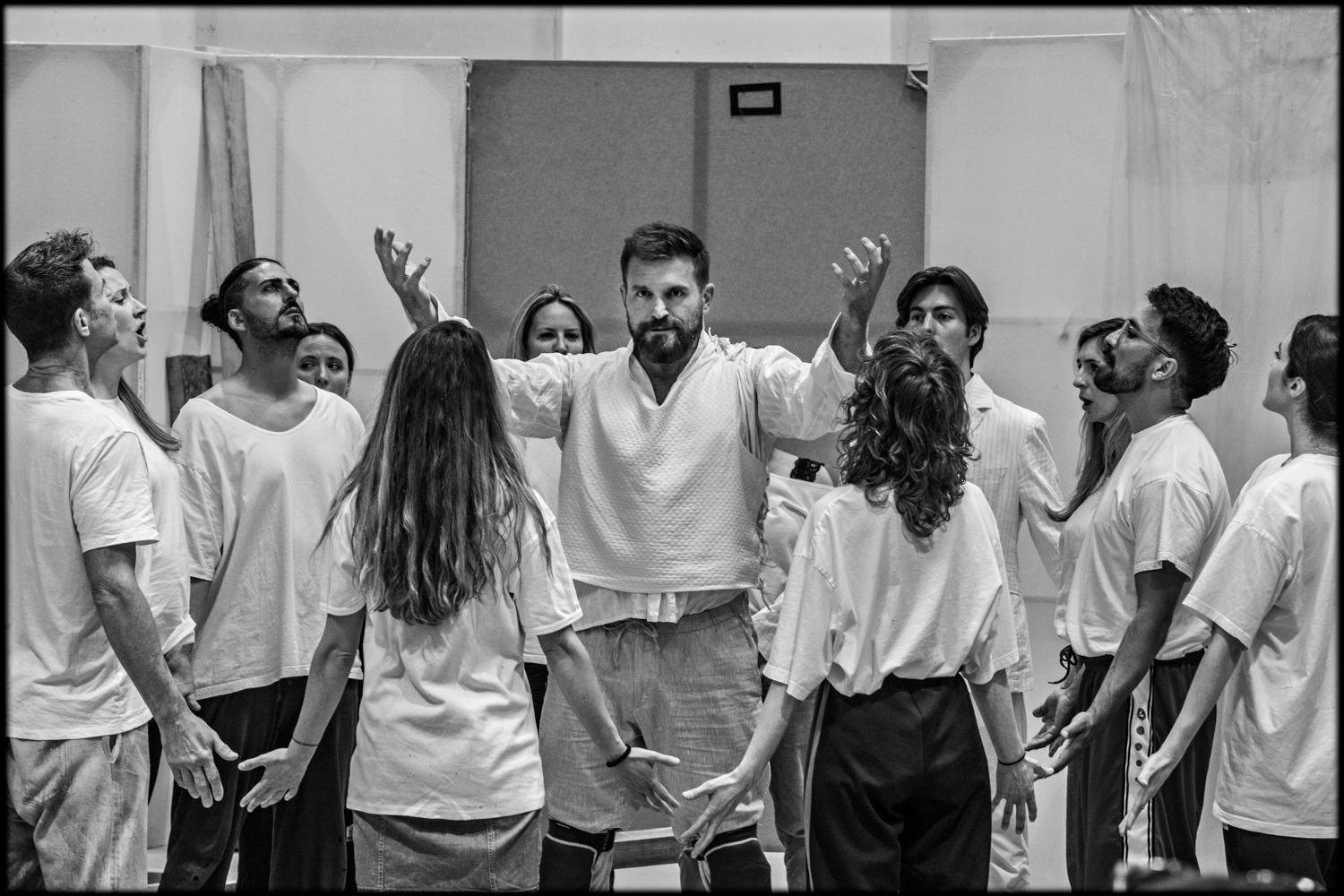
Rehearsals of Samson
2024 Festival d'Aix-en-Provence © Jean-Louis Fernandez
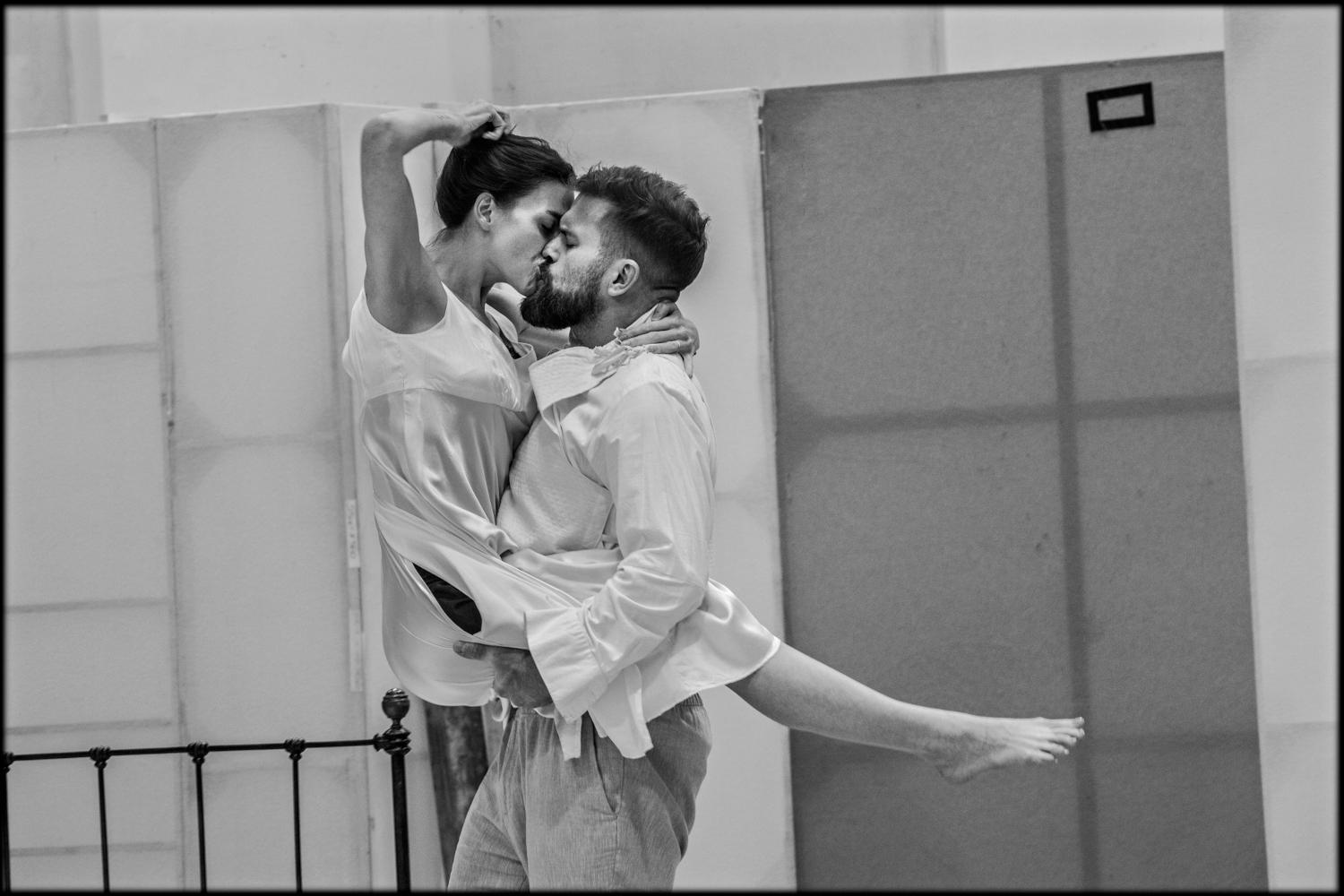
Rehearsals of Samson
2024 Festival d'Aix-en-Provence © Jean-Louis Fernandez

Rehearsals of Samson
2024 Festival d'Aix-en-Provence © Jean-Louis Fernandez
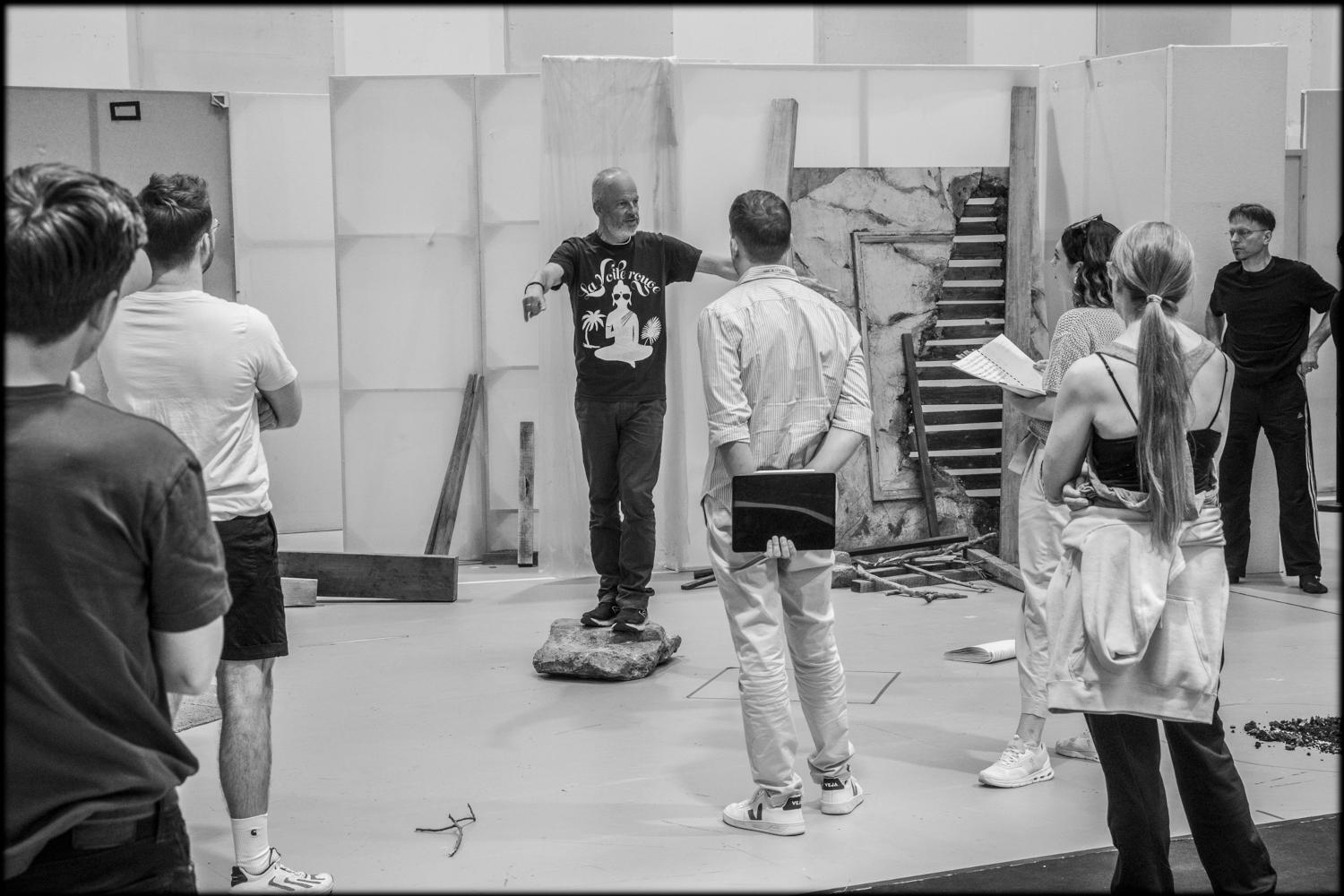
Rehearsals of Samson
2024 Festival d'Aix-en-Provence © Jean-Louis Fernandez
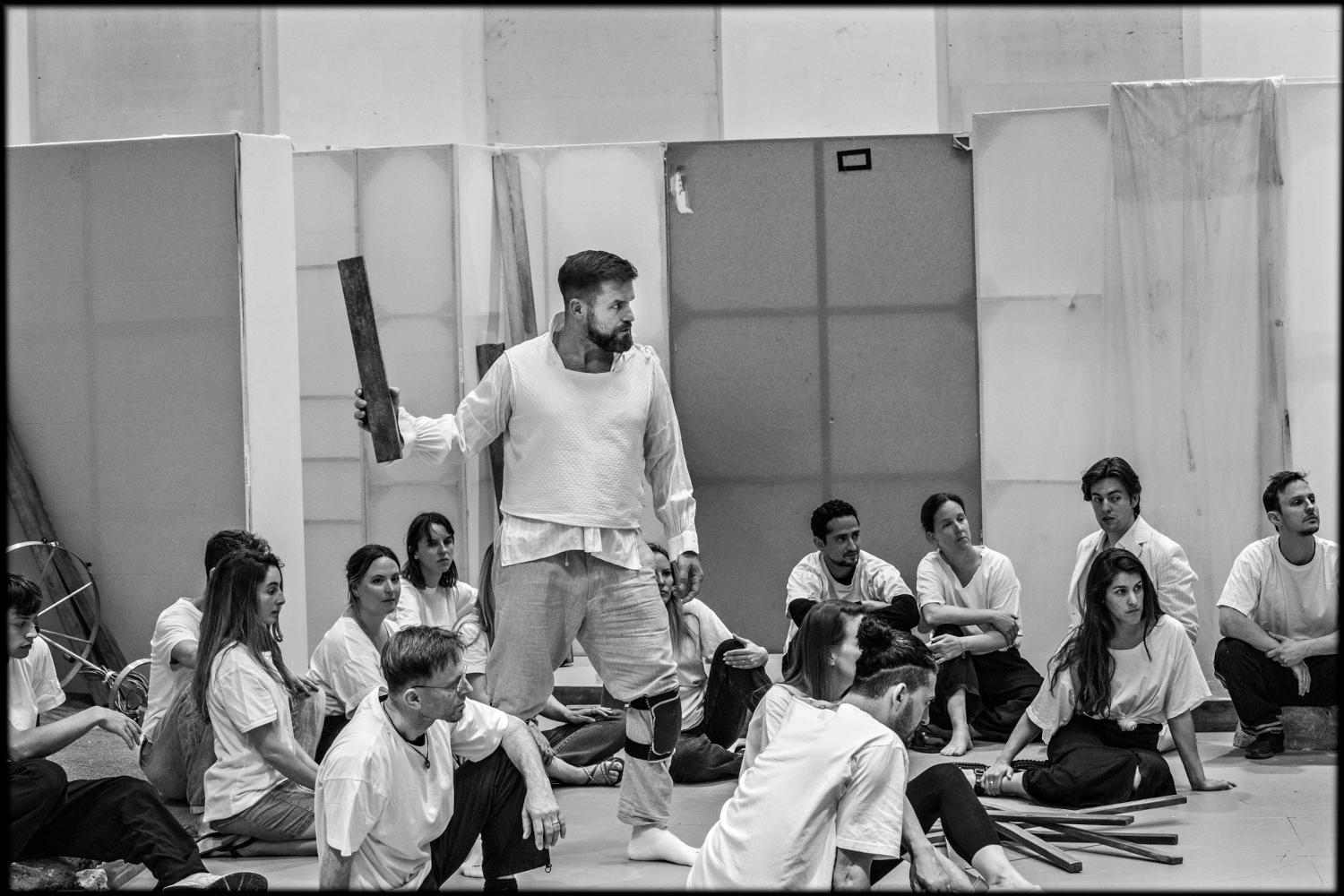
Rehearsals of Samson
2024 Festival d'Aix-en-Provence © Jean-Louis Fernandez
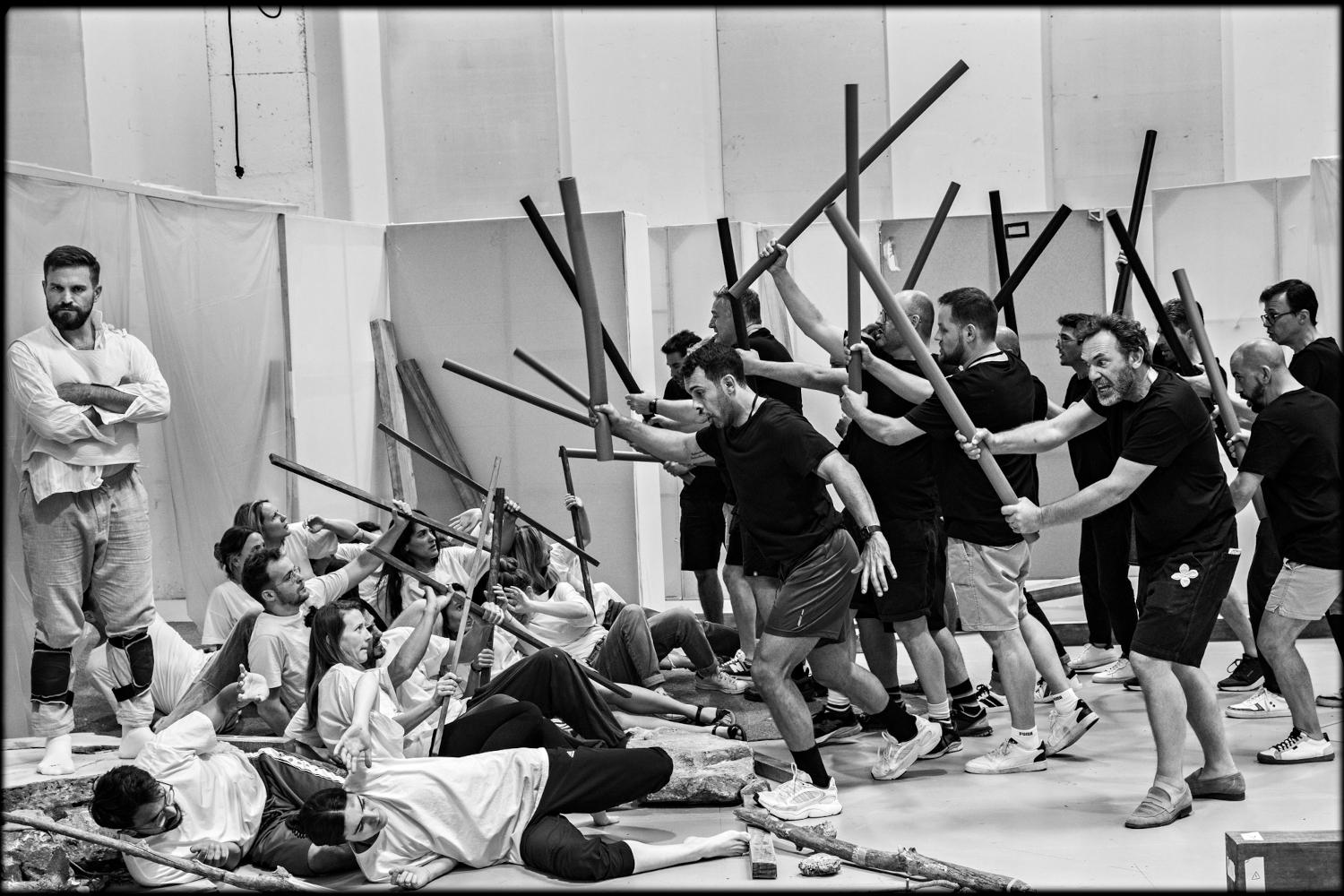
Rehearsals of Samson
2024 Festival d'Aix-en-Provence © Jean-Louis Fernandez
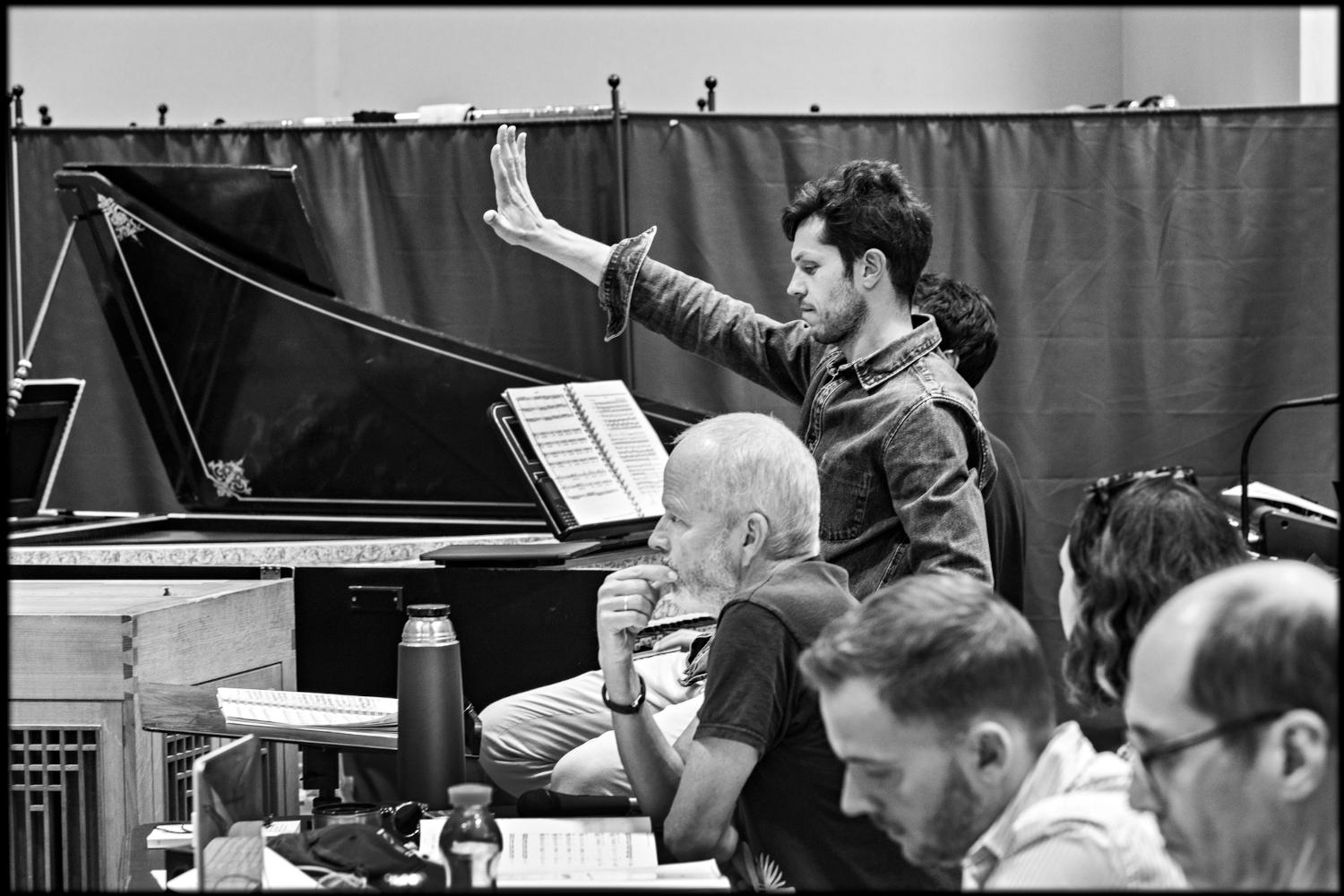
Rehearsals of Samson
2024 Festival d'Aix-en-Provence © Jean-Louis Fernandez
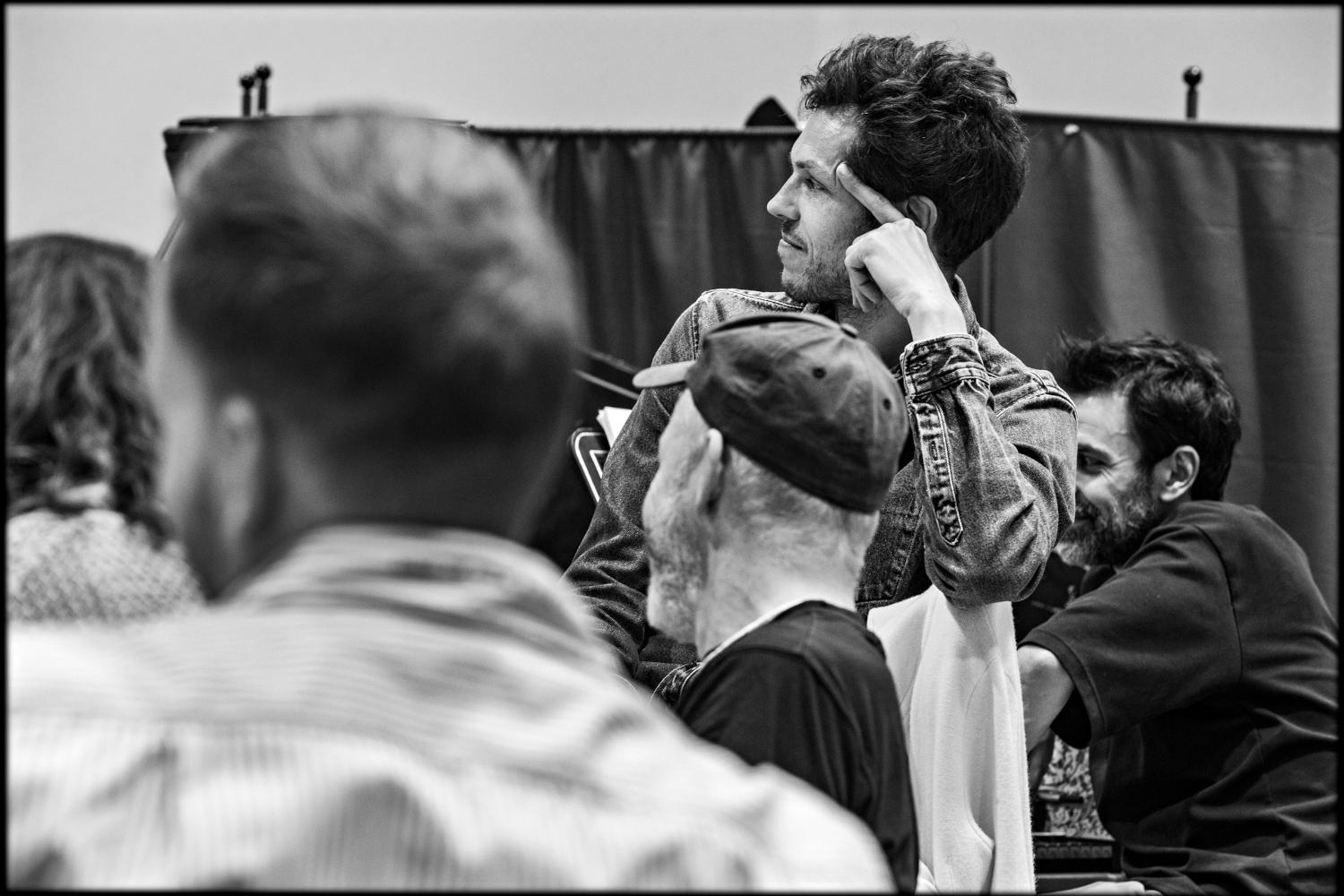
Rehearsals of Samson
2024 Festival d'Aix-en-Provence © Jean-Louis Fernandez

Rehearsals of Samson
2024 Festival d'Aix-en-Provence © Jean-Louis Fernandez